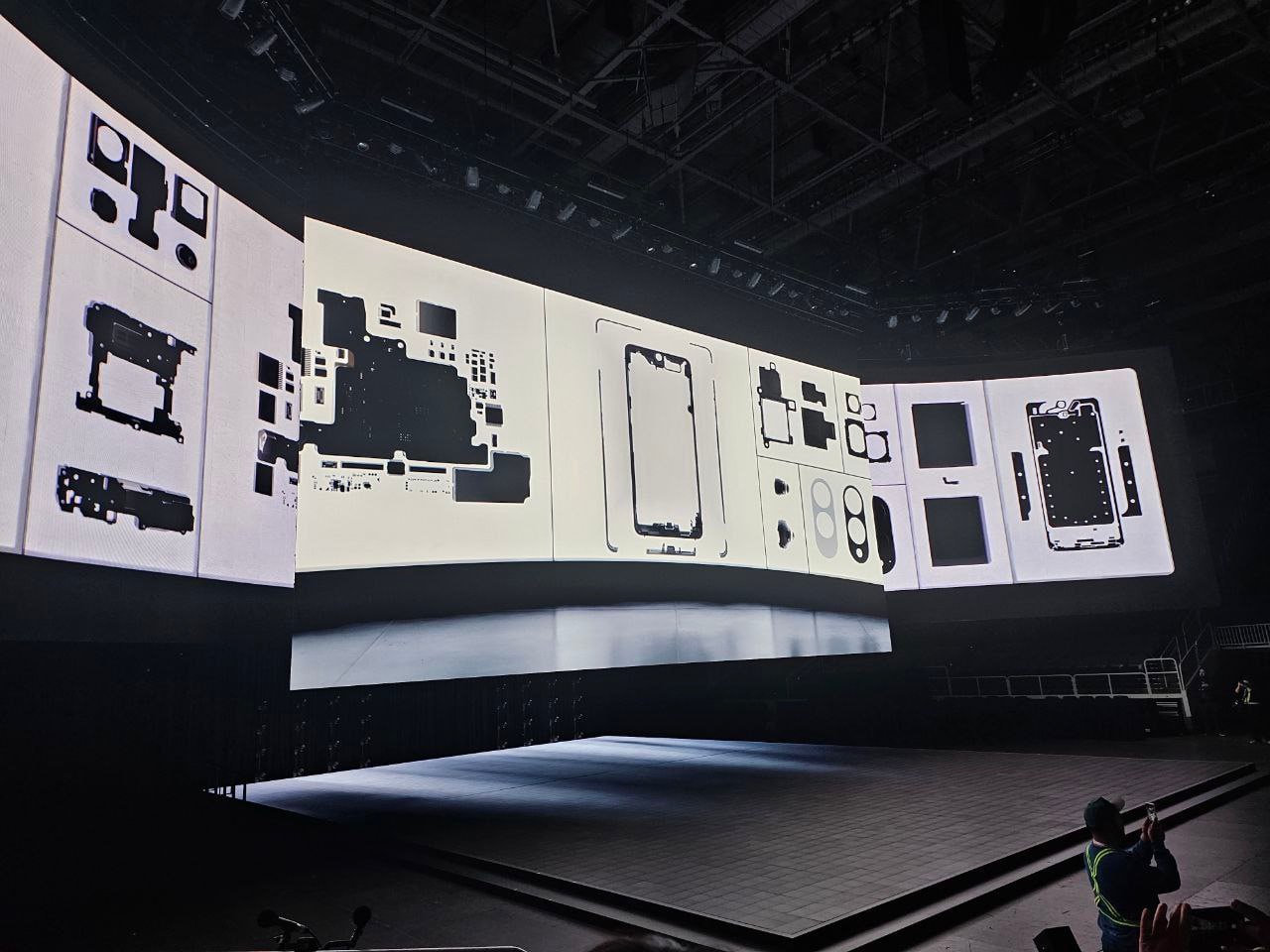As we get closer to the release of the new iPhone SE 4, fake models of the phone have appeared online, giving us a sneak peek at what to expect – or not expect.
These fake phones, which are just for showing what the real one might look like, were posted on X by a user named Majin Bu. They shared photos and a small video to highlight the design.
There’s been a lot of talk about whether this new iPhone SE would have a new kind of screen cutout called ‘Dynamic Island’ or just the old ‘notch’. From these models, it seems like it’s going to stick with the notch, similar to the iPhone 14. You can see the camera cutout for selfies on the front, and there’s only one camera on the back, just like we thought. The phone also has a glass back and an aluminum frame.
Rumors about new buttons like an Action Button or a Camera Control Button don’t seem to be true, according to these models. They look a lot like earlier leaks from another leaker, Sonny Dickson.
Apart from what you can see, the iPhone SE 4 is expected to have a new, quicker A18 processor, Apple’s own modem chip, and 8GB of RAM. This RAM amount is what’s needed for Apple’s new smart features. The camera will probably be the same 48-megapixel one used in the iPhone 16.
Apple is likely to launch this new iPhone SE in March or April. It’s meant to be their cheapest phone, and while it might cost a bit more than before, they’re trying to keep it under $500.
Here’s what the iPhone SE 4 looks like pic.twitter.com/pEyIAJ34VR
— Majin Bu (@MajinBuOfficial) January 25, 2025





